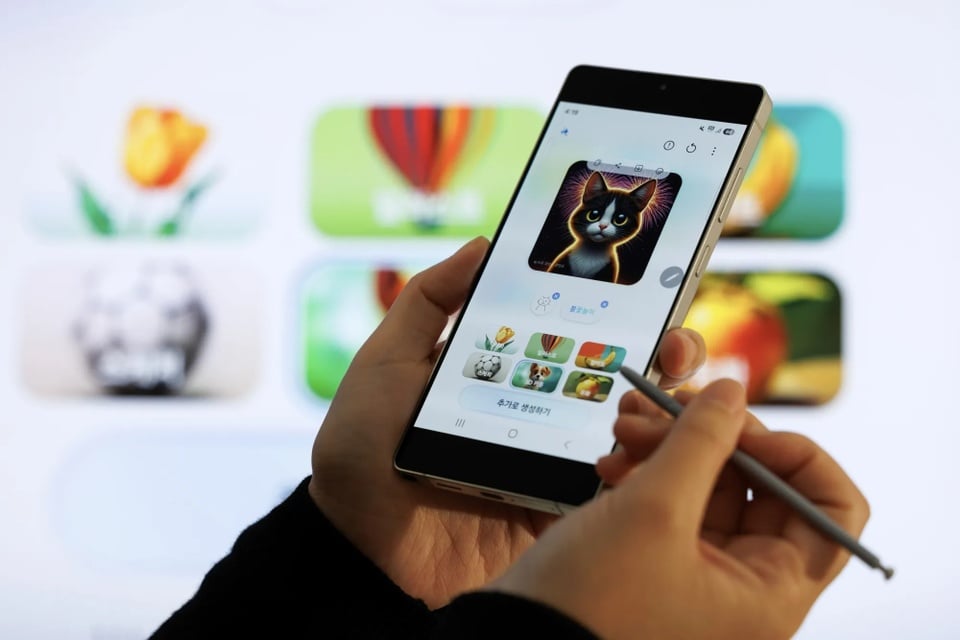 |
AI imaging feature on Galaxy S25 Ultra. Photo: Bloomberg . |
Samsung Electronics has just announced its first quarter net profit of 5.74 billion USD , up 22% compared to the same period last year. This figure exceeded analysts' forecasts and was 6% higher than the previous quarter.
Samsung’s first-quarter profit came mainly from its smartphone business, offsetting weak performance in its semiconductor division, which was heavily impacted by US restrictions on the export of advanced chips to China.
Samsung's first-quarter revenue reached $56.6 billion , while operating profit increased 1.2% to $4.78 billion . Both figures were higher than the company's preliminary estimate.
Out of breath before the opponent
Samsung told investors that the uncertain global trade situation, especially the US tariff policy, makes forecasting more difficult. In the second half of the year, the business situation can improve if the uncertainty is reduced.
In the first quarter, Samsung's chipmaking division recorded an operating profit of $787 million , down 62% from the previous quarter ( $2.07 billion ), mainly due to a decline in sales of high-bandwidth memory (HBM) chips.
According to WSJ , the above figure is lower than the $5 billion that rival SK Hynix recorded in the same period, the reason being the growth in high-end AI chip production.
Some of the reasons for Samsung’s semiconductor business decline are the US-China trade war. The Korean company is also lagging behind its rivals in providing high-bandwidth memory, which serves AI systems.
“For the memory business, total earnings were impacted by a decline in average selling prices, a decline in high-bandwidth memory (HBM) sales due to AI chip export controls, and demand delays due to the upcoming launch of the HBM3E product line,” a Samsung representative said in a press release.
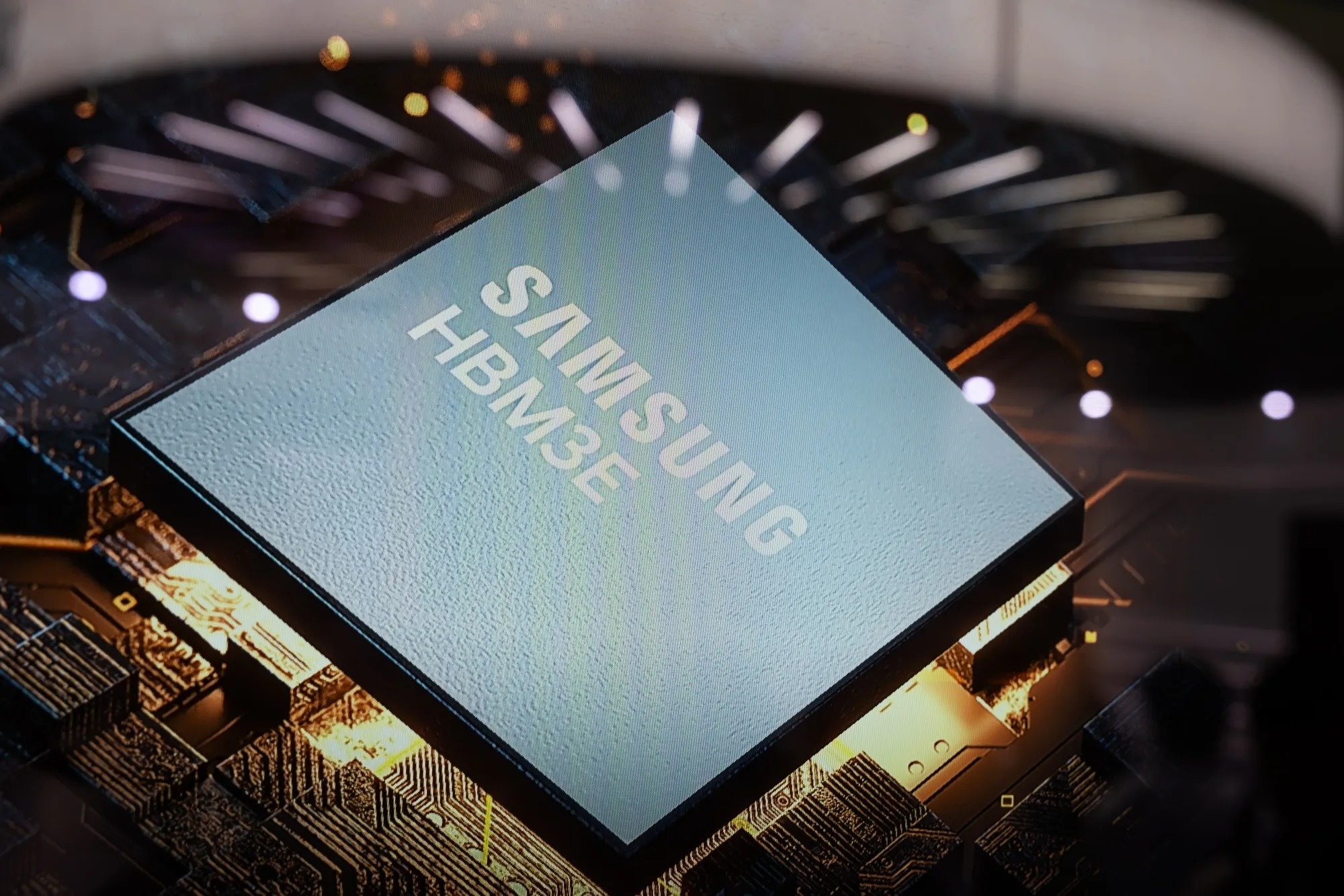 |
Illustration of Samsung HBM3E memory chip line. Photo: Bloomberg . |
China is Samsung's largest market, accounting for nearly a third of its revenue in 2024. Previously, the administration of former US President Joe Biden issued export control orders targeting China's semiconductor industry.
HBM chip sales impacted Samsung's entire semiconductor business, though partly offset by growth in DRAM and NAND memory chip sales.
Analysts said the increased demand for memory chips in the first quarter could have come from some customers stockpiling chips ahead of US tariffs.
Samsung expects HBM chip sales to recover in the second quarter. The company is sending samples of the HBM3E to customers while developing the more advanced HBM4 series.
Tariff Coping
In contrast to the semiconductor segment, Samsung's smartphone and home appliance division recorded a first-quarter operating profit that doubled from the previous quarter to $3.07 billion . The Korean company said the AI-integrated Galaxy S25 series contributed greatly to the result.
While smartphone demand is expected to decline seasonally in the second quarter, Samsung plans to launch a new generation of foldable smartphones in the second half of the year, upgrading AI features to boost sales.
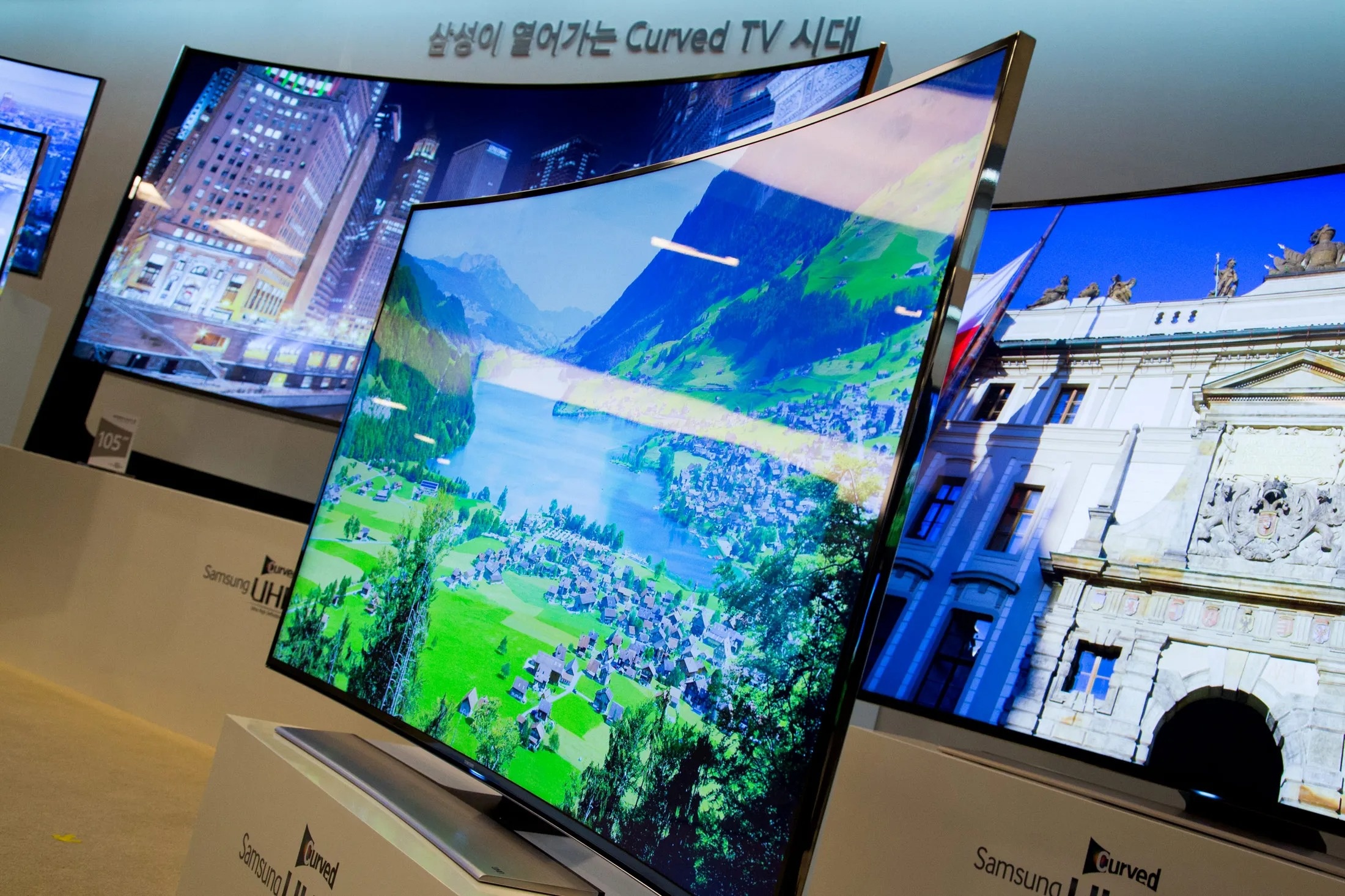 |
A Samsung TV model. Photo: Bloomberg . |
To cope with US tariffs, Samsung is considering moving some of its TV and home appliance factories. South Korea is negotiating with the US to reduce the 25% reciprocal tariff, which is being postponed for 90 days by the Trump administration.
“We plan to minimize the tariff impact by shifting some of the production capacity of our VD (Visual Display) and DA (Digital Appliances) businesses, utilizing global bases if necessary,” Chief Financial Officer Park Soon-cheol said.
Samsung did not disclose details of its plans to move production. According to Nikkei , most Samsung TVs sold in the US are made in Mexico, although the company operates a TV manufacturing facility in California (USA).
For home appliances such as refrigerators, washers and dryers, Samsung operates manufacturing plants in South Carolina and Mexico.
Source: https://znews.vn/galaxy-s25-cuu-samsung-post1550508.html


![[Photo] The 5th Patriotic Emulation Congress of the Central Inspection Commission](https://vphoto.vietnam.vn/thumb/1200x675/vietnam/resource/IMAGE/2025/10/27/1761566862838_ndo_br_1-1858-jpg.webp)
![[Photo] Party Committees of Central Party agencies summarize the implementation of Resolution No. 18-NQ/TW and the direction of the Party Congress](https://vphoto.vietnam.vn/thumb/1200x675/vietnam/resource/IMAGE/2025/10/27/1761545645968_ndo_br_1-jpg.webp)


![[Photo] National Assembly Chairman Tran Thanh Man receives Chairman of the House of Representatives of Uzbekistan Nuriddin Ismoilov](https://vphoto.vietnam.vn/thumb/1200x675/vietnam/resource/IMAGE/2025/10/27/1761542647910_bnd-2610-jpg.webp)

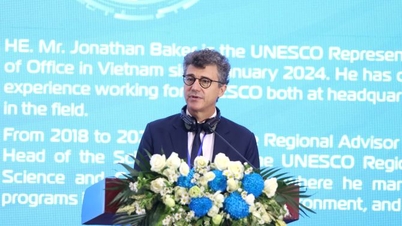




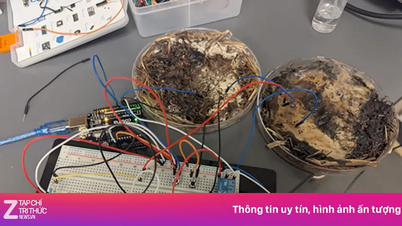




































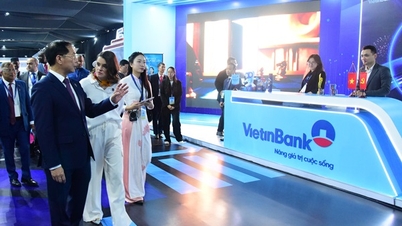

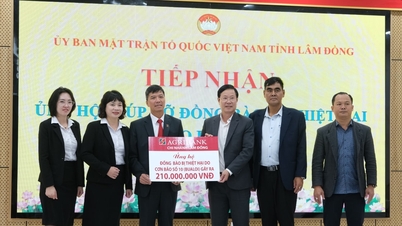



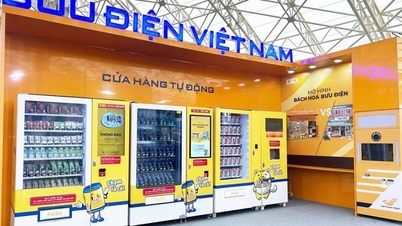

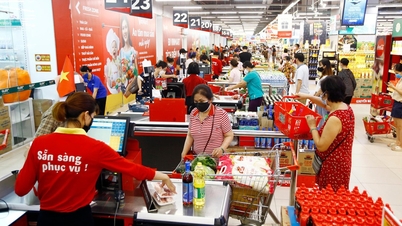






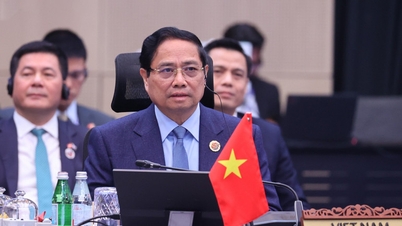

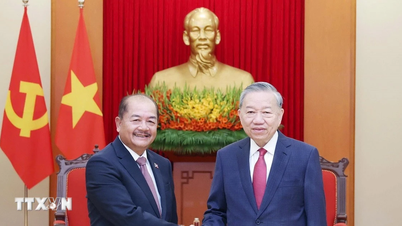

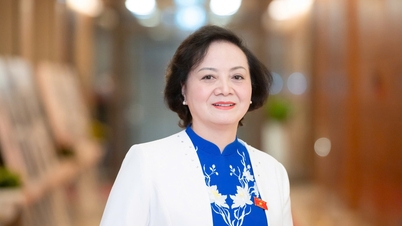


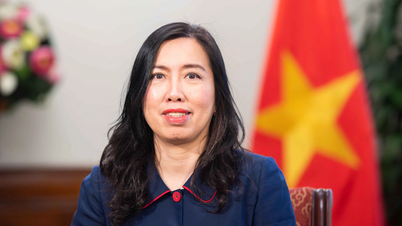

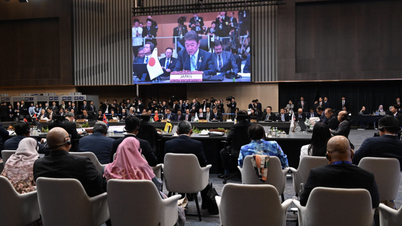

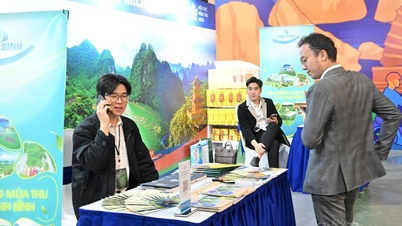
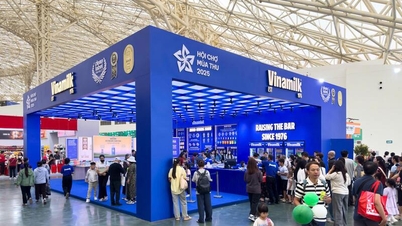
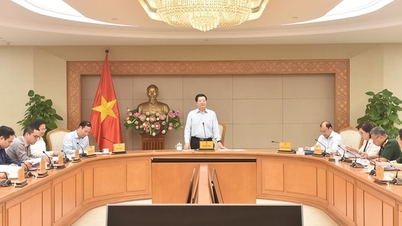

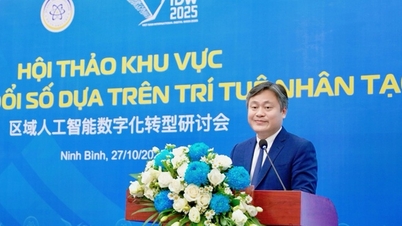
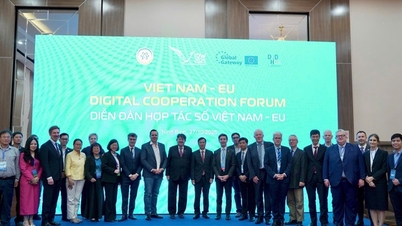

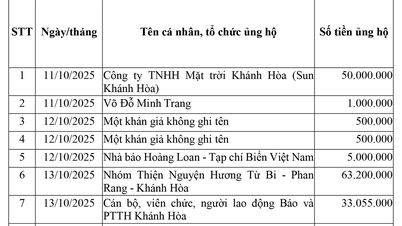

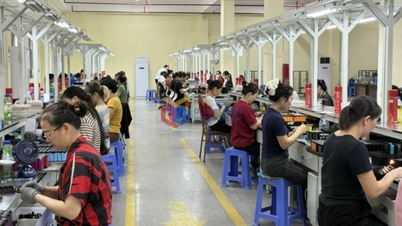





















Comment (0)